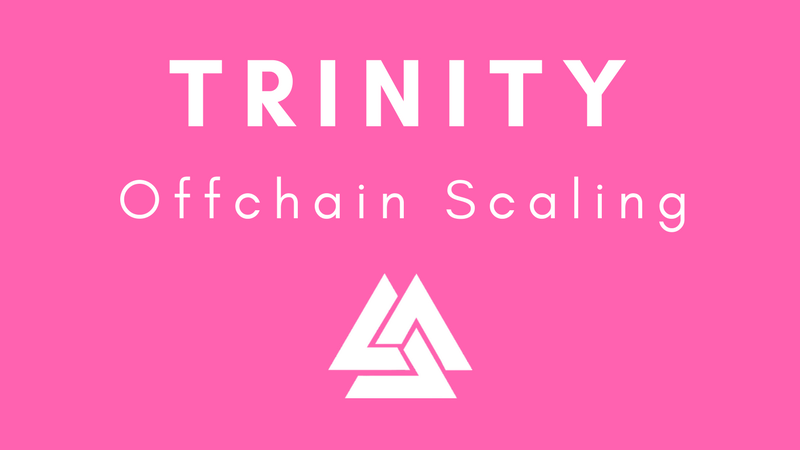It is evident all of the existing cryptocurrencies can benefit from out-of-the-box scaling solutions. In the case of NEO, one of those projects is known as Trinity. This off-chain scaling solution has the potential to become a “lightning network” for NEO in the future.
Trinity in a nutshell
It is evident that even a cryptocurrency such as NEO can benefit from proper scaling solutions. This is especially the case if that solution, known as Trinity, brings a lot more decentralization to the network as a whole. Trinity hopes to become the lightning network for NEO, with a strong focus on real-time payments, low transactions fees, scaling, and privacy protection. With its native state channel technology, the overall throughput for all NEP-5 token transfers will be improved by several orders of magnitude.
How Does it all Work?
Some readers may have previously come across the concept of state channels. This technology is not unique to Ethereum by any means, as Trinity will offer a very similar solution. Harnessing this technology will introduce a lot of new opportunities for the NEO community, as well as for any enterprise looking to make use of this platform.
The key features of Trinity include its private payment channel, which helps protect users’ privacy. It’s also extremely fast, and its speeds will rival those of Bitcoin’s Lightning Network at some point. With on-chain settlement of NEP-5 tokens, things are certainly looking promising for the NEO ecosystem.
Applications for Trinity can include instant micropayments, high-frequency throughput, and simply providing off-chain scaling for the NEO ecosystem. Considering that it is a state channel network rather than a completely new blockchain, there may be a lot of merit to Trinity moving forward. The project’s code is completely open source and can be found on GitHub.
The TNC Token Explained
Even though Trinity doesn’t operate its own blockchain, there is still a native token to take into consideration. Known as TNC, the token will be used as the “protocol fuel” for this network. Paying deposits for the state channel and the fuel for channel establishment – as well as rewarding participants on the Trinity network – are some of the use cases for this particular token.
The Road Ahead
For the time being, Trinity is still under full development. The first public testing of the network is currently taking place on the NEO testnet. Assuming these tests are successful, the main net launch will occur next month. The first user applications should come to market in May, although it is unclear what type of applications we can expect exactly.

